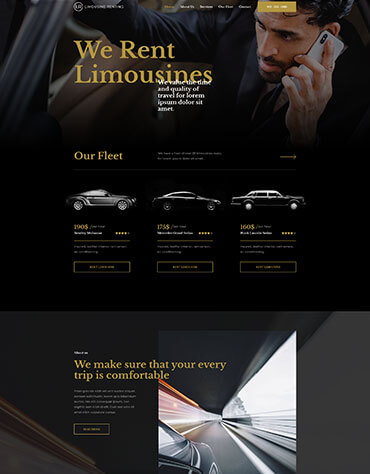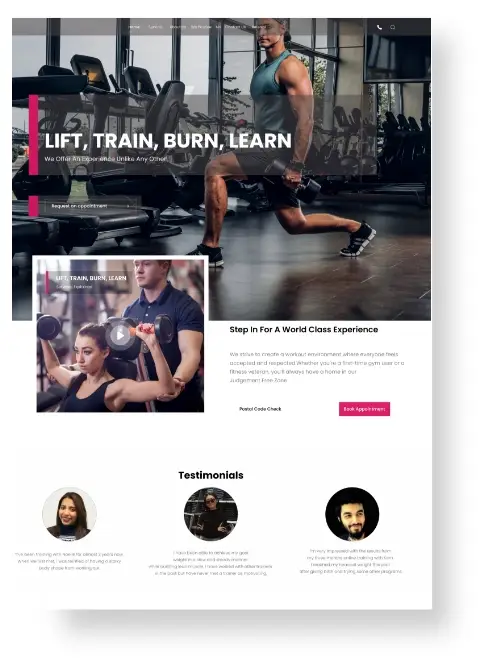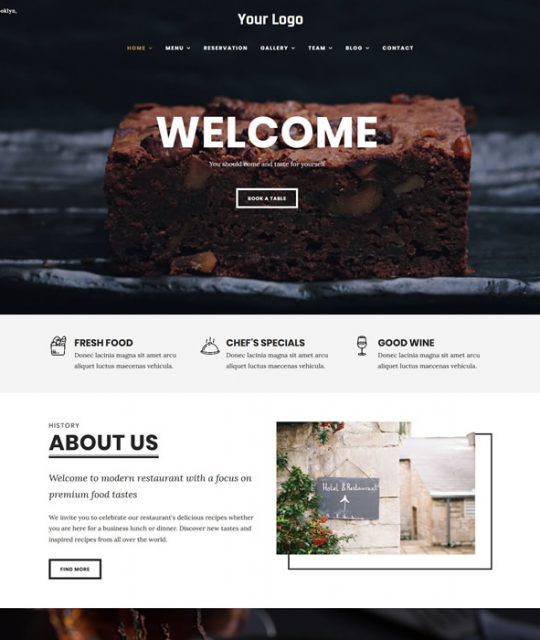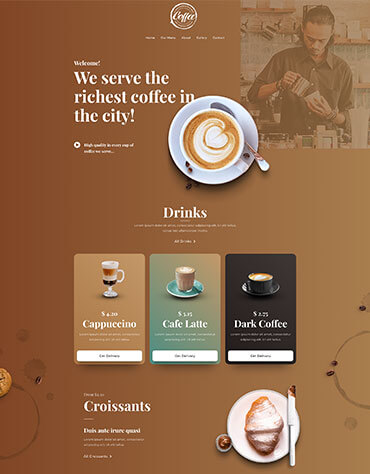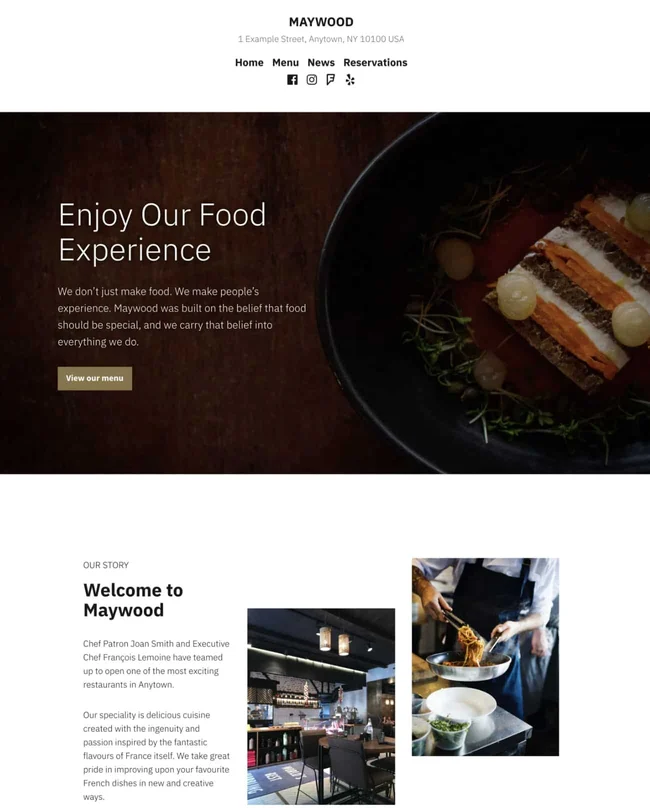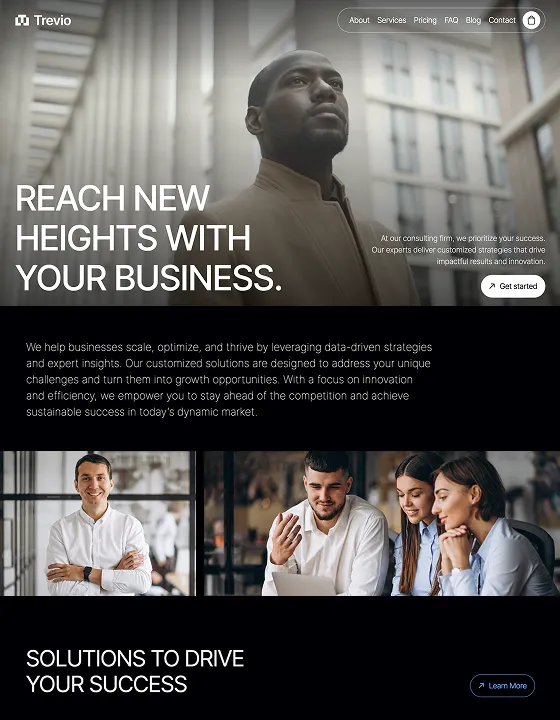Hello,i am a
Web Developer
USMAN SHAH
- usmanshah2203@gmail.com
- +92 322 8182841

About me
I am a web developer based in Pakistan, with a rich experience of over 3 years in website & product designing
I design professional & beautiful websites
With years of experience in graphic and web design I have mastered the skills of understanding client requirements according to the latest trends. I have worked with businesses from different niches so you can rely on me for yours.
I’ve spent most of these years working across different areas of design like front-end development, landing pages, web designing , to my current role designing products for mobile platforms. Having worked on various projects that are already live, I can help you with the best possible suggestions and ideas that we can proceed with. With me, you aren’t forced to accept anything. I give you a variety of options we can work on together.
Services
I am Usman Shah, and I am a web designer with 3 years of experience. I specialize in creating modern, responsive websites that are both visually appealing and easy to navigate. Over the years, I have worked on a variety of projects, helping businesses enhance their online presence through clean design and efficient functionality. My goal is always to deliver high-quality work that meets client needs and stands out in the digital space.



What I do
WEB DESIGNING
An effective WEB DESIGNING is what captures attention and spreads a clear message. I make sure the design is innovative and neat with all of this.
Web Development
If you are looking for a developer who’ll take over the research and development of your website, I am a well-established professional to help you with this.
AI and the web
If you are looking for a user-friendly AI and web that will attract more website users, I can help you design and build a platform with the latest and trendiest look and feel.
Our Simple, Frictionless Web Development Workflow
We use lean, agile methodology for collaborative development and faster turnarounds. Join the ranks of the 100s of companies we helped with our optimized and result-driven web development process.

Web Development
Web development and web design are two integral parts of building a successful website. Web design focuses on the visual aesthetics and user experience, determining how a site looks and feels through layout, color schemes, typography, and interactive elements. It ensures the interface is intuitive and engaging for users. Web development, on the other hand, brings these designs to life using coding languages and technologies. It involves creating the structure, functionality, and interactivity of the site through front-end and back-end programming. Together, design and development form a cohesive process that transforms ideas into fully functional, user-friendly digital experiences.
Level Up Your Web Development
Front-End Development
Fractional Front-End Developer
This area focuses on the visual and interactive elements of a website that users directly interact with. It involves technologies like HTML, CSS, JavaScript, and modern frameworks such as React, Angular, or Vue.js. Front-end developers work on creating responsive layouts, user-friendly interfaces, and ensuring cross-browser compatibility.
Back-End Development
Fractional Back-End Developer
Back-end development handles server-side logic, databases, and the overall architecture of web applications. It includes working with programming languages like Python, PHP, Java, Node.js, and databases such as MySQL, PostgreSQL, and MongoDB. The back end ensures that everything on the front end works properly by managing data exchange, user authentication, and application logic.
Full-Stack Development
Fractional Full-Stack Developer
Full-stack development refers to working on both the front-end and back-end of a web application. Full-stack developers are proficient in both client-side and server-side technologies and can manage the entire web development process—from designing interfaces to handling server operations and databases.
Web Security and Performance
Fractional Web Security Specialist
This topic deals with protecting websites from cyber threats and optimizing performance. It includes implementing HTTPS, authentication, encryption, firewall rules, and addressing vulnerabilities like SQL injection and cross-site scripting (XSS). Additionally, developers focus on improving site speed, load times, and scalability for a better user experience and higher search rankings.
Ratings of web
People Visit
Existence of people
Number of downloads
Websites we made
Ecommerce Website
An eCommerce website is a digital platform that allows businesses or individuals to sell products or services online. It functions like a virtual storefront, where customers can browse items, add them to a cart, make payments securely, and receive order confirmations — all from the comfort of their devices. eCommerce sites often include features like product catalogs, search filters, customer reviews, shipping options, and live chat support. With the rise of online shopping, eCommerce websites have become essential for businesses looking to reach a global audience, operate 24/7, and streamline their sales process. Popular platforms like Shopify, WooCommerce, and Magento make it easier than ever to build and manage a successful online store.
In addition to selling products, eCommerce websites also help businesses build stronger customer relationships through tools like email marketing, loyalty programs, and personalized recommendations. They offer valuable data insights, such as customer behavior and sales trends, which can guide marketing and inventory decisions.
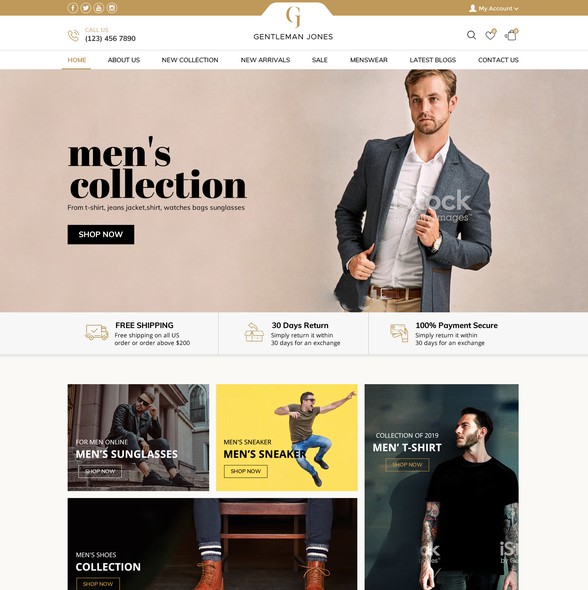
Educational Website
An educational website is a platform designed to provide learning resources, courses, and academic support to students, teachers, and lifelong learners. These websites can range from school and university portals to online learning platforms like Khan Academy, Coursera, or edX. They often include features such as video lectures, quizzes, downloadable materials, discussion forums, and progress tracking. Educational websites make learning more accessible by allowing users to study at their own pace, from anywhere in the world. They play a vital role in modern education by supporting remote learning, supplementing classroom instruction, and offering opportunities for skill development and professional growth.
Educational websites also promote interactive and engaging learning through multimedia content like animations, simulations, and interactive exercises. They cater to a wide range of learners — from young children to professionals seeking certifications. By bridging the gap between traditional and digital education, these platforms help make quality learning more inclusive, flexible, and effective.
Educational websites often support different learning styles by offering visual, auditory, and interactive content. They can be tailored for specific age groups, subjects, or skill levels, making learning more personalized and effective.

Personal Website
A personal website is an online space created by an individual to showcase their identity, interests, and work. It often serves as a digital resume or portfolio, highlighting skills, experiences, achievements, and creative projects. Many professionals use personal websites to stand out in job applications or freelance work by presenting a unique and polished online presence. These sites may include an “About Me” section, blog posts, contact information, and links to social media profiles. Whether you’re a student, artist, developer, or entrepreneur, a personal website is a powerful tool for building your personal brand and sharing your story with a global audience.
n addition to showcasing work, a personal website allows individuals to express their personality and creativity through custom design, content, and layout. It offers full control over how one’s professional and personal identity is presented online, unlike social media profiles or job platforms. Regularly updating a personal website with new projects or blog posts also demonstrates growth and engagement, making it a dynamic and evolving portfolio that can open doors to new opportunities.
A personal website gives individuals the freedom to highlight their passions, goals, and unique voice in a way that social media cannot. It acts as a digital hub where all professional links, work samples, and personal content can be organized in one place.
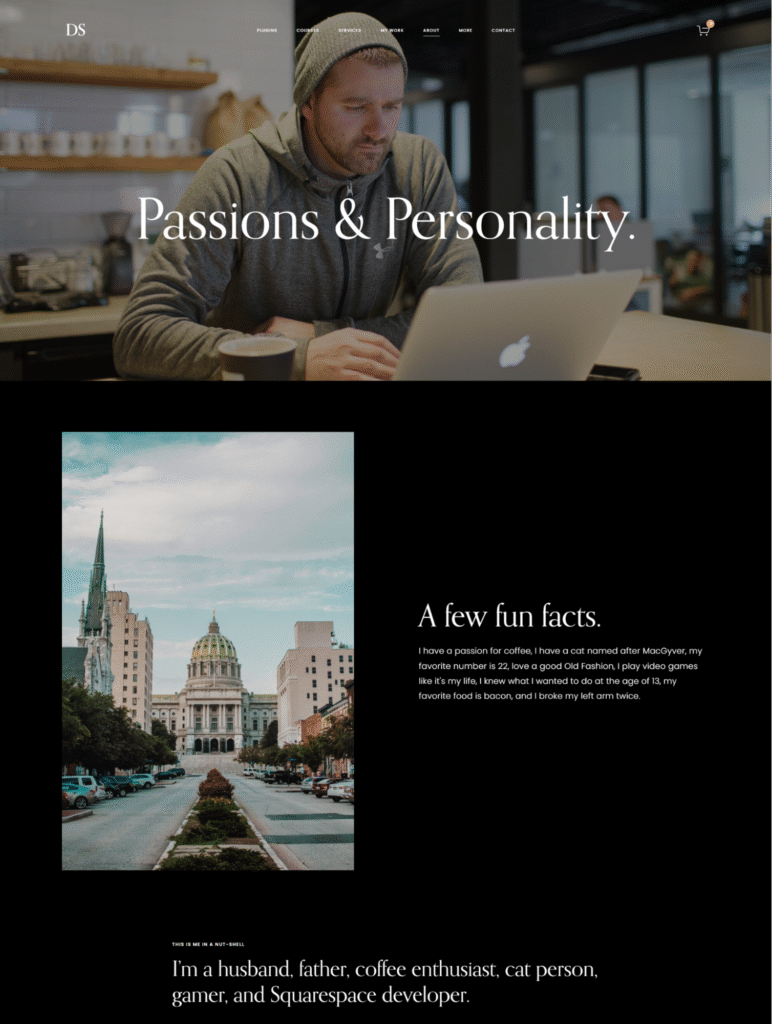
Business Website
A business website is a professional online presence that represents a company or organization, providing essential information about its products, services, mission, and contact details. It serves as a central hub for customers to learn about the business, make inquiries, or even complete purchases. A well-designed business website builds credibility, enhances brand visibility, and helps attract new clients or customers. It can include features such as service descriptions, testimonials, blogs, contact forms, and eCommerce capabilities. In today’s digital world, having a business website is no longer optional — it’s a crucial tool for marketing, customer engagement, and long-term growth.
Beyond providing information, a business website also functions as a 24/7 marketing and sales tool. It allows businesses to reach a wider audience, generate leads, and showcase their unique value through SEO, content marketing, and customer testimonials. Integrated features like live chat, appointment booking, or newsletters help improve customer interaction and support. Whether it’s a local service provider or a global brand, a professional website enhances trust and helps businesses stay competitive in an increasingly digital marketplace.
Additionally, a business website can track visitor behavior through analytics, offering insights to improve marketing strategies. It also supports branding by maintaining a consistent look and message across all digital platforms.
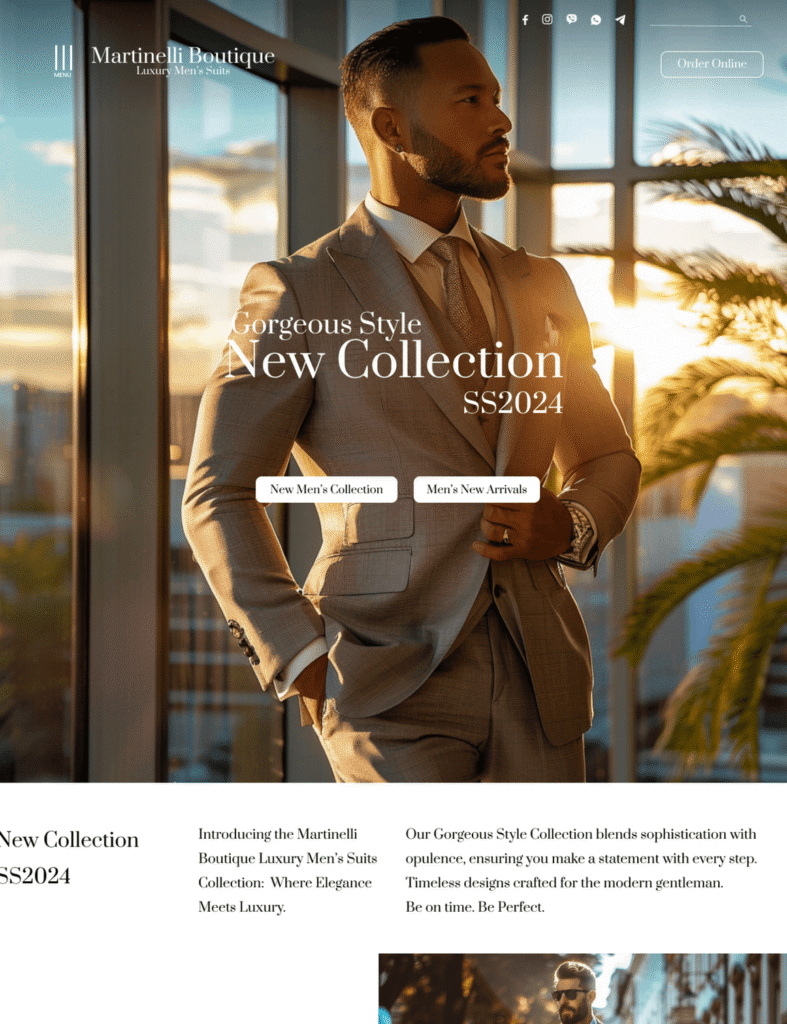
Frequently Asked Questions
What is the difference between web development and web design?
Web development and web design are two distinct but interconnected disciplines in creating websites. Web design refers to the visual and experiential aspects of a website — layout, color scheme, typography, user interface (UI), and user experience (UX). Designers use tools like Figma, Adobe XD, or Sketch to create mockups and prototypes.
On the other hand, web development involves turning these designs into functioning websites using coding languages. It’s divided into front-end (HTML, CSS, JavaScript) and back-end (server, database, APIs) development. Developers use frameworks and libraries such as React, Angular, Laravel, or Django to build the actual site. In short, design is about how a site looks and feels, while development is about how it works.
Why is responsive web design important?
Responsive web design ensures a website adapts to various screen sizes and devices — smartphones, tablets, laptops, and desktops. With more users accessing websites through mobile devices, a responsive design improves usability, accessibility, and engagement.
It also positively impacts SEO, as search engines like Google prioritize mobile-friendly sites in rankings. Without responsiveness, users may face issues like unreadable text, poor navigation, or distorted images, leading to high bounce rates and lost conversions.
How long does it take to build a website?
The time it takes to build a website depends on its complexity. A basic informational site may take 1–2 weeks, while an eCommerce site or custom web app can take 1–3 months or more.
The timeline includes planning, design, content creation, development, testing, and deployment. Delays can happen due to scope changes, content unavailability, or technical challenges. Clear communication, detailed planning, and setting realistic goals help streamline the process.
What technologies should I learn to become a web developer?
To become a web developer, begin with HTML, CSS, and JavaScript — the core front-end technologies. Then, learn frameworks like React, Vue, or Angular. For back-end development, consider Node.js, Express, Python with Django or Flask, or PHP with Laravel.
Database knowledge (SQL, MongoDB), version control (Git), and deployment (Netlify, Vercel, or AWS) are also essential. Soft skills like debugging, documentation, and collaboration play a crucial role in long-term success.
What is SEO and how does it relate to web design?
SEO (Search Engine Optimization) is the practice of optimizing websites to rank higher in search engine results. Good web design complements SEO by ensuring the site is mobile-friendly, fast-loading, and has clear site architecture.
Proper use of heading tags, meta descriptions, alt attributes for images, and clean URL structures are part of SEO-conscious design. Designers and developers must work together to ensure the visual layout doesn’t hinder site performance or content accessibility.
What is the role of UI/UX in web design?
UI (User Interface) design focuses on the look and layout of a website—buttons, colors, typography, and spacing. UX (User Experience) is about how users interact with the site and whether it’s intuitive and efficient.
A great UX ensures users can complete tasks without confusion or frustration, while good UI makes the process visually pleasing. Together, they determine how engaging and functional your website is, directly affecting user satisfaction and conversions.
Should I use a website builder or hire a developer/designer?
Website builders (like Wix, Squarespace, and WordPress) are great for individuals or small businesses that need a quick and affordable online presence. They’re user-friendly but come with limitations in customization, performance, and scalability.
Hiring a developer/designer is a better option for businesses needing custom functionality, brand-specific design, or optimized performance. While it’s a higher upfront investment, it ensures you get a tailored, professional solution aligned with your goals.
What are the best practices for website performance optimization?
Website performance affects user experience and search rankings. Best practices include:
Minimizing HTTP requests
Compressing images
Using lazy loading
Minifying CSS, JavaScript, and HTML
Enabling browser caching
Choosing a fast, reliable hosting service
Implementing a Content Delivery Network (CDN)
Developers also monitor site speed using tools like Google PageSpeed Insights, GTmetrix, or Lighthouse and make iterative improvements.
How do I ensure my website is secure?
Website security is critical to protect data and build user trust. Key practices include:
Using HTTPS (SSL certificate)
Regular software updates (CMS, plugins)
Strong password policies
Input validation to prevent SQL injection/XSS
Limiting file uploads and access permissions
Performing regular security audits and backups
Web developers often use tools like security headers, firewall services, and malware scanners to add extra layers of protection.
What is the difference between static and dynamic websites?
Static websites consist of fixed content—each page is coded in HTML and served as-is. They’re fast, secure, and ideal for portfolios or brochures.
Dynamic websites generate content on the fly using server-side scripts and databases. Examples include eCommerce sites or news portals. They’re more flexible and interactive but require more resources to build and maintain. The choice depends on the project’s complexity, user interactivity, and scalability requirements.
What is a CMS, and do I need one?
A Content Management System (CMS) like WordPress, Joomla, or Drupal allows users to create, edit, and manage website content without coding knowledge. It’s ideal for websites that require frequent updates — blogs, news sites, or business sites.
CMS platforms come with plugins and themes to extend functionality and customize design. If you’re managing a content-heavy site and want control without technical overhead, a CMS is a valuable tool.
How much does a website cost to develop and maintain?
Website cost varies widely based on scope. A simple site might cost $500–$2,000, while custom business or eCommerce sites can range from $3,000–$50,000+.
Costs include design, development, hosting, domain, security, and maintenance. Ongoing expenses may cover content updates, backups, SEO, and software renewals. Investing in quality design and development often yields better ROI through performance, branding, and customer trust.

Skills
My Experience
2015-2021
ACME Company
Lead UI/UX Designer
I have responsibly led a team of 12 designers to help, supervise and approve their designs to make sure it matches client expectations and latest design standards.
2019-2022
Dynamic Capital INC
Web Developer
I was responsible for all the in-house and client-based web development assignments. I take pride in having helped the best of clients and getting maximum ratings for the company.
2018-2021
WEB Designer
I was a part of an amazing design team and worked together with them to help design and develop apps and websites for different clients of the company.
